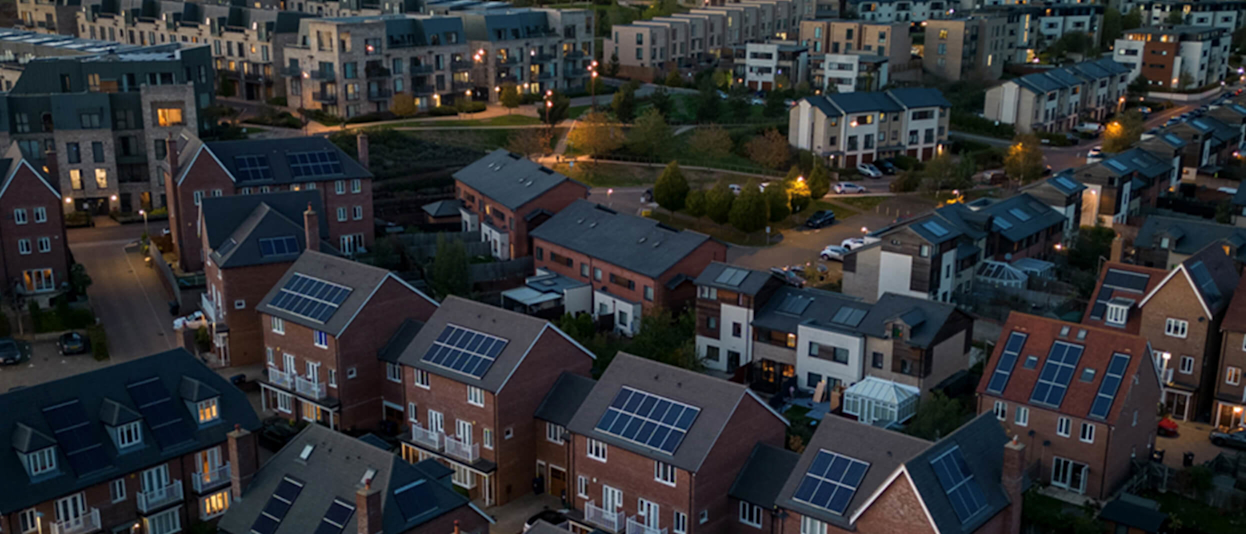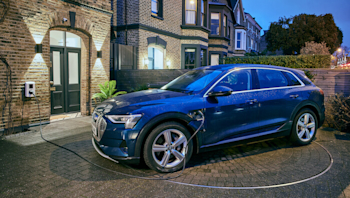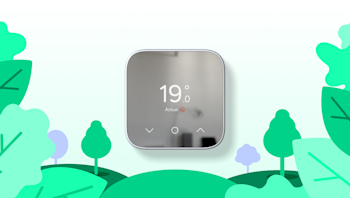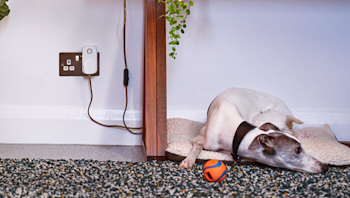Ultimate home control: how smart sensors take smart home automation to another level
If you’ve been digging into smart home technology then chances are you’ll know about smart home apps. If not, a quick reminder: they sit on your smartphone or tablet and mean you can turn things on, off, up or down from anywhere. So normal lights – for example – become remote control lights.
Pretty useful right? But actually, that’s just the start. In this article we’re going to look at how you can make your home come alive automatically. No tapping. No swiping. All you need is a smart sensor or two.
What’s a smart sensor?
A smart sensor is a little device that you can fix easily just about anywhere. When it spots movement, it sends notifications to your smartphone or tablet.
Here at Hive we have two different types: Hive Motion Sensors are generally used in a room on a wall, or perhaps in a hallway by a door and Hive Window or Door Sensors which go… well… on your windows or doors.
How smart sensors help when you’re out
They can let you know when the kids are back from school – or if there’s movement you aren’t expecting, they give you a heads up so you can ask someone to go round if you’re not there. No notifications? No problem.
That’s all great for when you’re not at home. But when you are, they really come into their own.
Link your sensors to other devices when you’re in
Lighting control: with smart sensors
Walking into a room and the lights turning on automatically isn’t anything particularly groundbreaking these days. But what might surprise you is that you don’t need a complex lighting control system to make that happen. It’s actually really easy. If you have Hive Sensors and Hive Lights, you can link them in a few seconds through the app to create your own unique smart home lighting set-up.
Then you can set it so your lights turn on automatically the moment they detect movement. So if you have one in your hallway, it’ll turn on when you step through the front door. No reaching for the switch when your hands are full, just instant light control with one step.
It’s no substitute for a smart home alarm system, but a set-up like this could also give a burglar quite a fright.
Plug control: with smart sensors
There are all sorts of ways linking your sensors and plugs can give you one less thing to worry about.
If your radio’s connected to a Hive Plug then it can turn on automatically as you step foot into the kitchen. If you have kids, connect your hallway lamp with a Hive Plug so when they get out of bed in the middle of the night it comes on automatically.
Great if they’re going to the bathroom. Even better for catching them sneaking off for a midnight feast.
Heating control: with smart sensors
If you wake up and there’s a chill in the air, staying under the covers often looks like the best option. But sometimes you just have to get up and at ‘em. On those days, just hop out of bed and as you’re heading to the bathroom, the sensor in your hallway can turn up your heating automatically.
How do I set this all up?
Smart home installation is generally really easy, and linking smart sensors with other smart devices is no different. It all begins in the app. To find out more, go to the Hive Actions page on our website. This is what we call the amazing ways that our products work together – to make your home work around you.
So, just a quick recap: the best smart home devices to link with sensors are lights, plugs and heating. Working together, they can make things a little easier and add a bit of wonder to everyday life.







